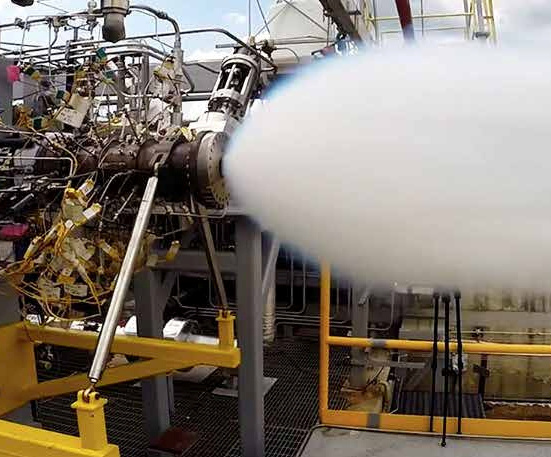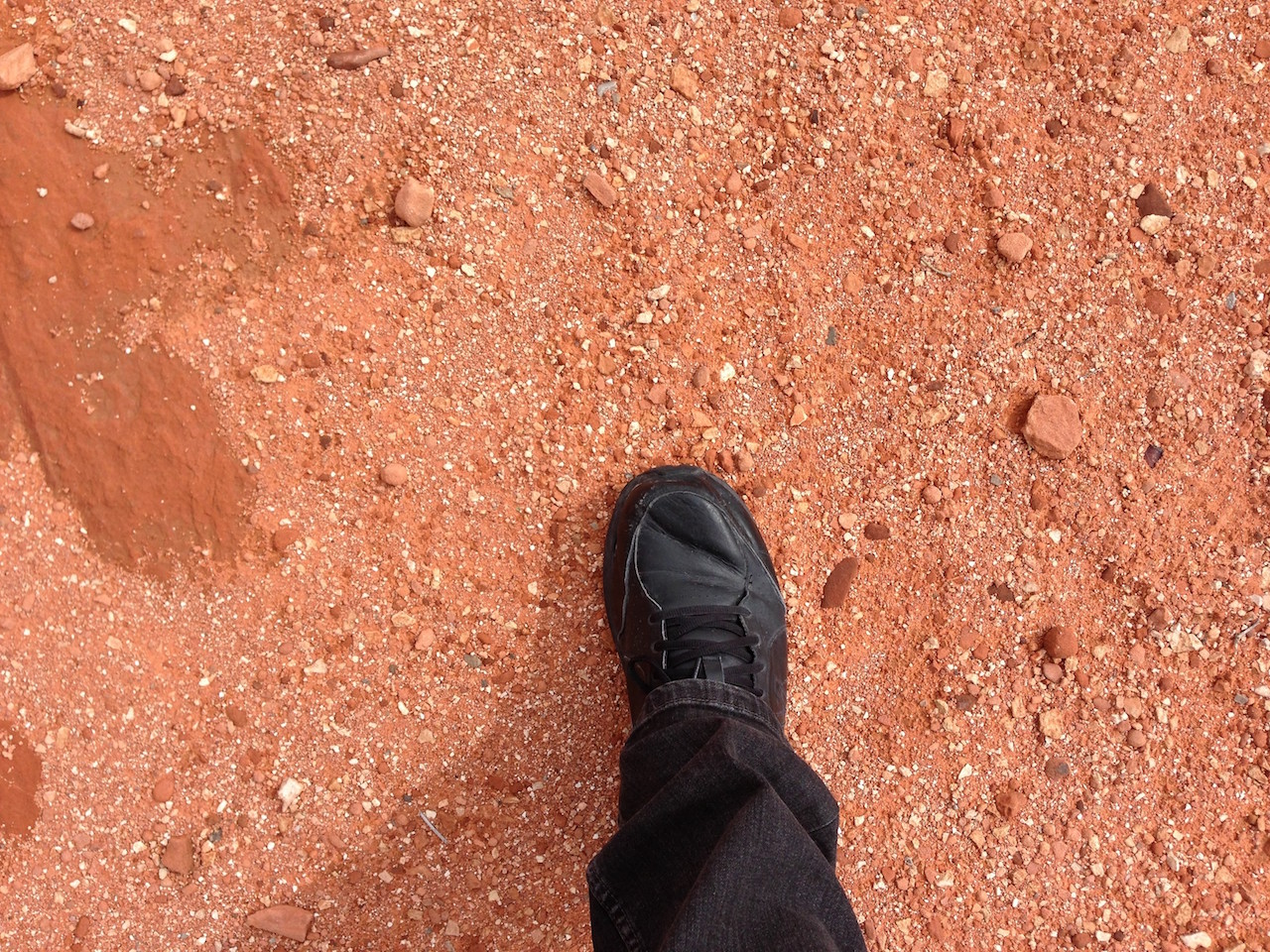
Some say 3D printing is not useful and is dying, but in fact our world is being slowly changed in fundamental ways behind the scenes.
In factories around the world, designers and manufacturers are exploring the advantages of 3D print technology, trying to find ways to optimize their work. With the recent increase in awareness of metal 3D printing technology have come a number of components for powerful new applications.
Perhaps one of the most profound applications I’ve recently seen is that of SpaceX. The company has been extensively using metal 3D printing to build stronger and lighter components for their series of rockets.
That makes intuitive sense; if you’re attempting to lift things high, you want lighter parts with the same – or better – strength.
But that is a rather abstract understanding of the benefits. Let’s examine something very specific.

SpaceX has been testing a newly developed engine for their future line of rockets, the Raptor. This engine, according to a report on NextBigFuture, includes a very sophisticated turbo pump. That’s the component that delivers fuel and oxidizer at an extremely fast rate to the combustion chamber. They explain:
Raptor will utilize a full-flow staged combustion cycle, where 100 percent of the oxidizer—with a low-fuel ratio—will power the oxygen turbine pump, and 100 percent of the fuel—with a low-oxygen ratio—will power the methane turbine pump. Both streams—oxidizer and fuel—will be completely in the gas phase before they enter the combustion chamber.
What this means is that this engine is far more powerful and efficient than previous generations.
It was made possible through the use of metal 3D printing, which created many of the critical components. And that also sped up the development process, too.
But let’s take this forward a bit. The Raptor engine is designed to be used on SpaceX’s future “super heavy-lift” booster, capable of sending up to 100 tonnes to the surface of Mars.
SpaceX has hinted at what those 100 tonnes might be: a “transporter” for human colonization of that planet.
It’s almost science fiction, but no, it’s real. SpaceX really intends on sending us to Mars with their Mars Colonial Transporter.
Which will be powered by the Raptor rocket engine.
Which was made possible by 3D printing.
Yes, 3D printers can produce many plastic dragons, but they can also send us on impossible journeys. One that produces the next big footprint.
Via NextBigFuture
Image Credit: Wikipedia

